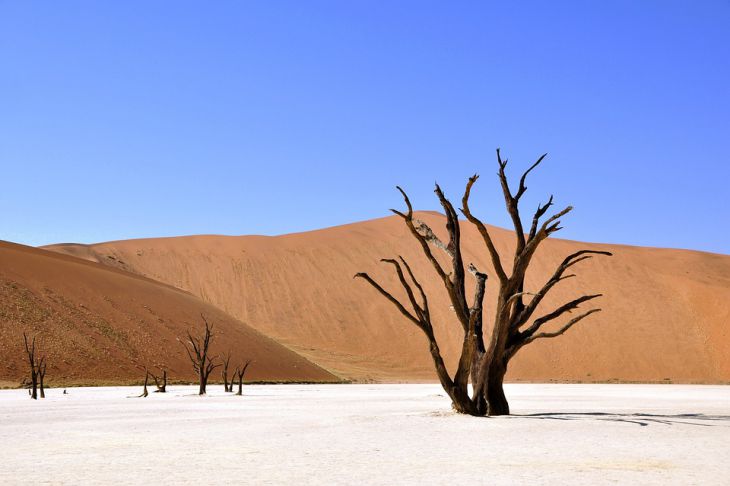What place on Earth is considered the most dangerous for a tourist
Extreme tourism is a very popular form of recreation, as it brings people the strongest emotions.
There are many places on our planet that are as attractive as they are dangerous, and many tourists are ready to risk their health and even their lives to see them with their own eyes.
And if we were to rank the places least hospitable to humans, the Danakil Desert would undoubtedly be in the top ten or even top five.
It was discovered and studied by Europeans relatively recently, in 1928, and even then the British traveler and geographer Wilfred Patrick Thesiger dubbed it "the land of death." It is located in North-East Africa and occupies an area of about 100,000 km.
Its greatest treasure is its enormous salt deposits, which, along with numerous fossilized coral finds, prove that there was once an ocean here. However, today the area is anything but a sunbathing resort.

Firstly, it is one of the hottest places on the planet: throughout the year the air temperature never drops below 34-35 degrees Celsius, and in the summer it can even break the record of 70 degrees!
Secondly, Danakil is a seismically active area. There are many volcanoes here, and some of them, such as Ertale and Dabbahu, are active. Because of this, the local air is very toxic and harmful to breathe. One should not forget about the risk of earthquakes, which periodically occur in this area.
But the desert is most notable for its hot springs and acidic lakes of bright yellow and green hues.
The crater of the Dallol volcano, one of the lowest places on the planet, is considered especially picturesque. It is hard to believe that such saturated poisonous colors were created by nature itself.
However, it is better not to observe this magnificence too closely: small geysers occasionally burst from underground. And often at the source you can stumble upon dead birds and insects that have become victims of toxic fumes - a visual reminder to be careful.
However, despite all the extreme conditions and risks, people live and work in the Danakil. The salt mining and processing business feeds the Afar people living in this area.
There is also no end to tourists: the bizarre landscape, traces of solidified lava and salt deposits, acid-colored lakes - all this turns Danakil into a truly fantastic land, for the sake of seeing which thousands of travelers are ready to endure both the exhausting heat and the stifling atmosphere.
